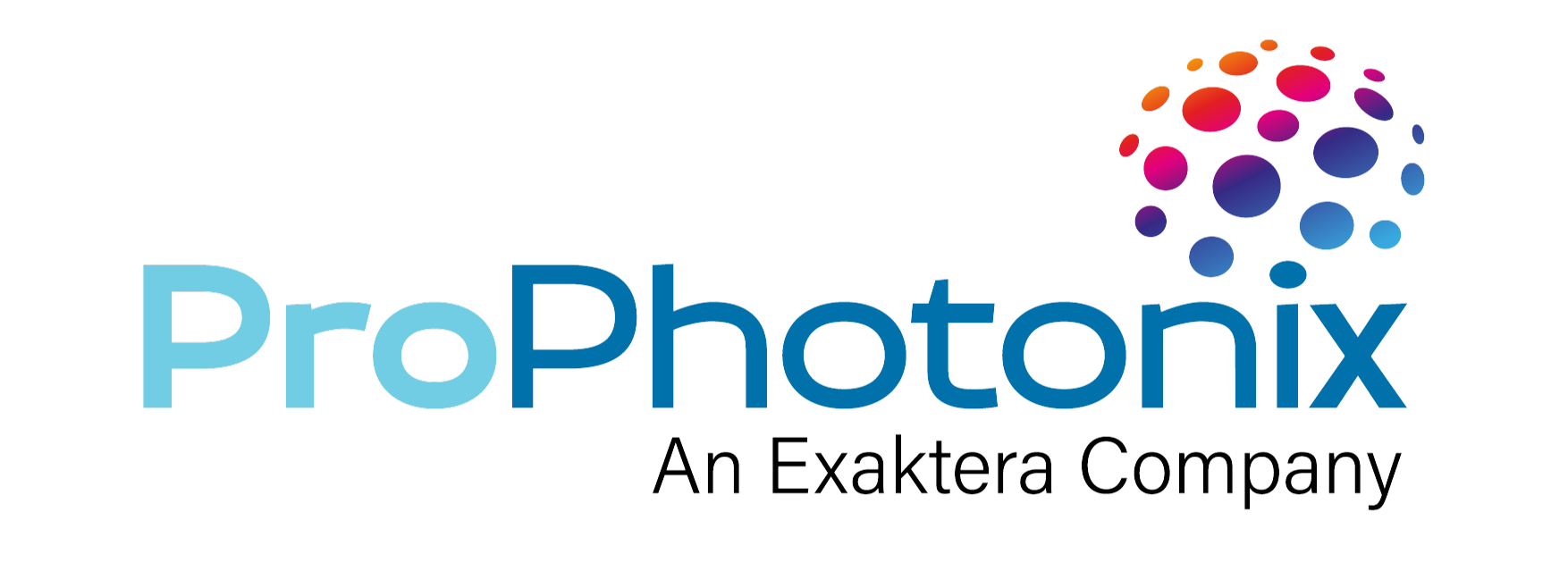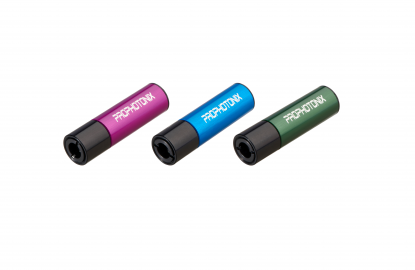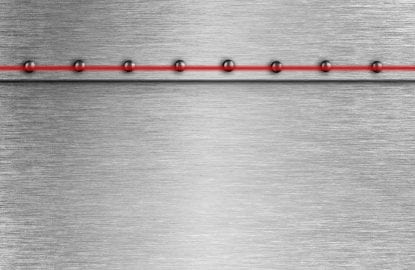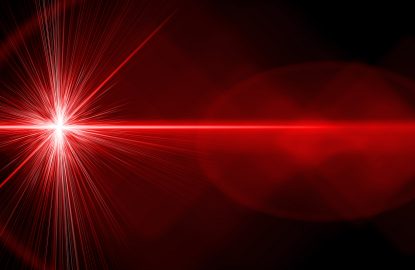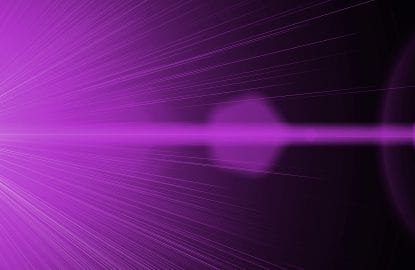Structured light lasers are a significant part of the illumination segment of machine vision based applications.
The structured light source would generally be in the form of a line (or series of lines), a matrix of dots or in some cases a randomly generated pattern. There are a number of key requirements for consideration when choosing a structured light laser:
Uniformity
Uniformity of the line projected by a structured line laser is important in inspection. If the line is not uniform, the image captured by the camera will vary in intensity over the inspection area which would affect measurement accuracy.
There are several different levels of uniformity which can be grouped into:
1. High uniformity
High uniformity lasers are generally used in applications where high measurement resolution is required across the full line, for instance where the object has a surface which is flat or smooth such as that found in semiconductor applications (e.g. wafer inspection). In this particular application, the customer is looking for non-destructive inspection to detect any defects such as an uneven surface, scratch or a crack which may occur during the production process.
2. Low uniformity
Lasers with a lower uniformity level are acceptable for applications where measurement accuracy is less critical, and when the extremities of the line are not captured by the camera.
Depth of Focus
The depth of focus is an important characteristic which can determine the usable range of the laser around the focal position of the line. The depth of focus is defined as follows:
where B is the line thickness at the focusing point (measured at 13.5% intensity level) and λ is the wavelength of the laser.
There are two typical working conditions depending on the object being measured:
- Short depth of focus
- Long depth of focus
1. Short depth of focus
Short depth of focus is used where the line thickness is very thin such as semiconductor applications. It is important when you need to detect minute details such as surface quality. Whilst this offers the advantage of a thinner line at the focal point, beyond the focal point the line would diverge quickly reducing the measurement accuracy accordingly.
2. Long depth of focus
For objects which have larger geometrical variations in the z-axis its important that the line thickness remains within an acceptable range, in this case the measurement resolution is lower but the range over which measurements can be taken is increased.
Fan Angle
The fan angle is related to the projection distance and the size of the item that you are inspecting. A structured light laser solution provider can determine the system fan angle you require depending on your application. The working distance of the laser determines the fan angle in order to cover the size of area/item that you are inspecting.
Line Quality
The quality and accuracy of the measurement provided by a machine vision laser is important. Several factors can affect line quality including the design of the module, optics and the internal mechanical structure of the module minimising internal reflections.
Conclusion
In selecting a structured light laser, one needs to consider several important parameters. We have listed the most common elements which the majority of customers require in order to identify the solution for their application. These parameters are: uniformity, depth of focus, line thickness, fan angle and line quality.
ProPhotonix is a leading designer and manufacturer of Laser Diodes, Laser Modules, UV LED Curing Systems, LED Products, and UVC LED Disinfection Systems. Contact us for free expert advice on selecting the optimal solution for your system.
ProPhotonix laser module range includes laser modules by beam shape including crosshair lasers, line lasers and dot laser modules. Contact us for free expert advice on selecting the optimal solution for your system.
